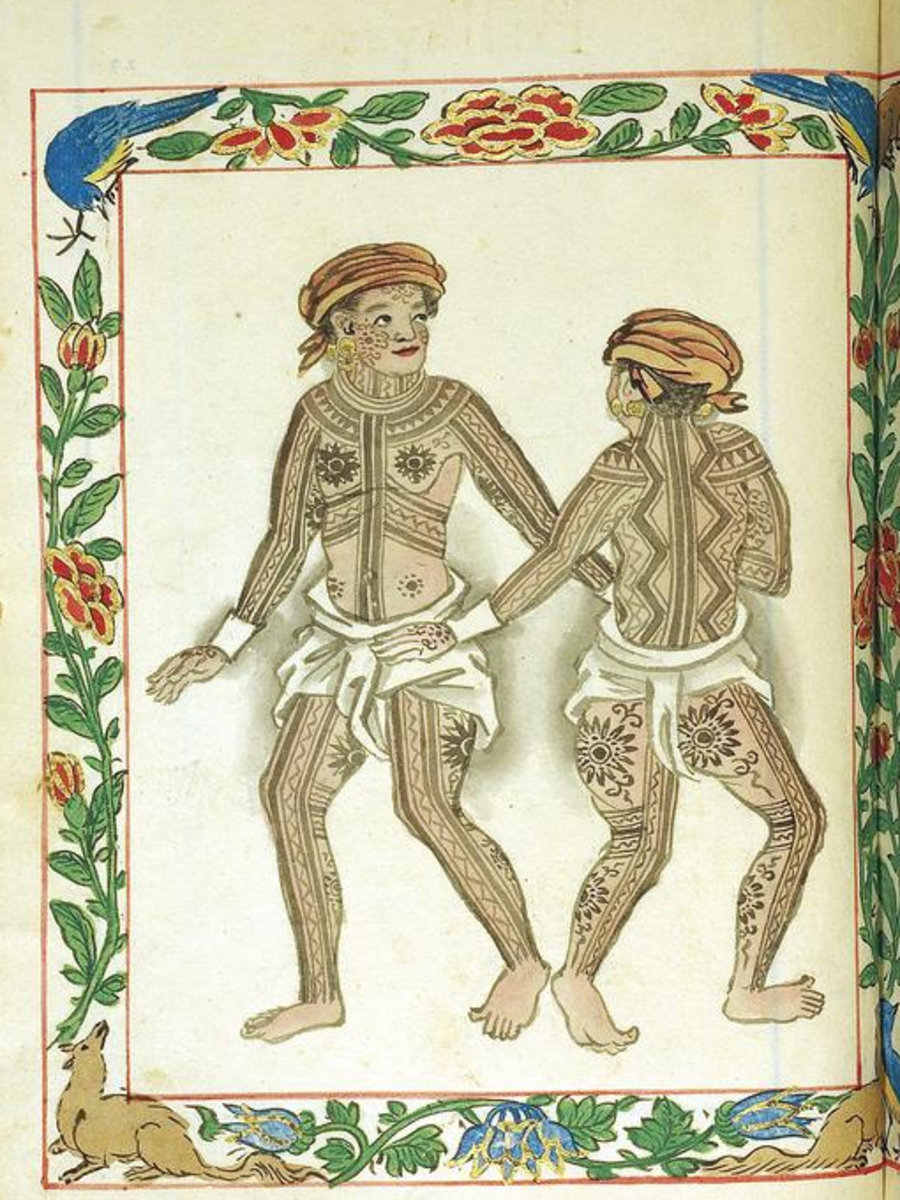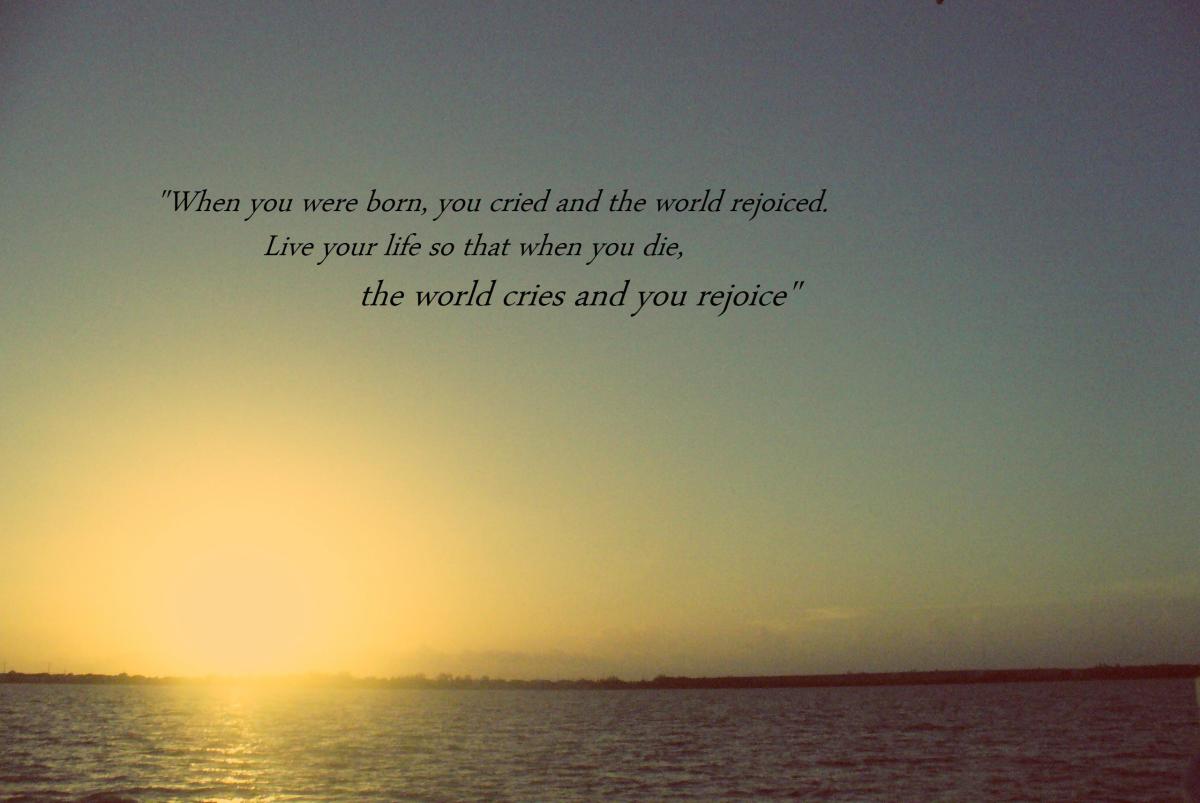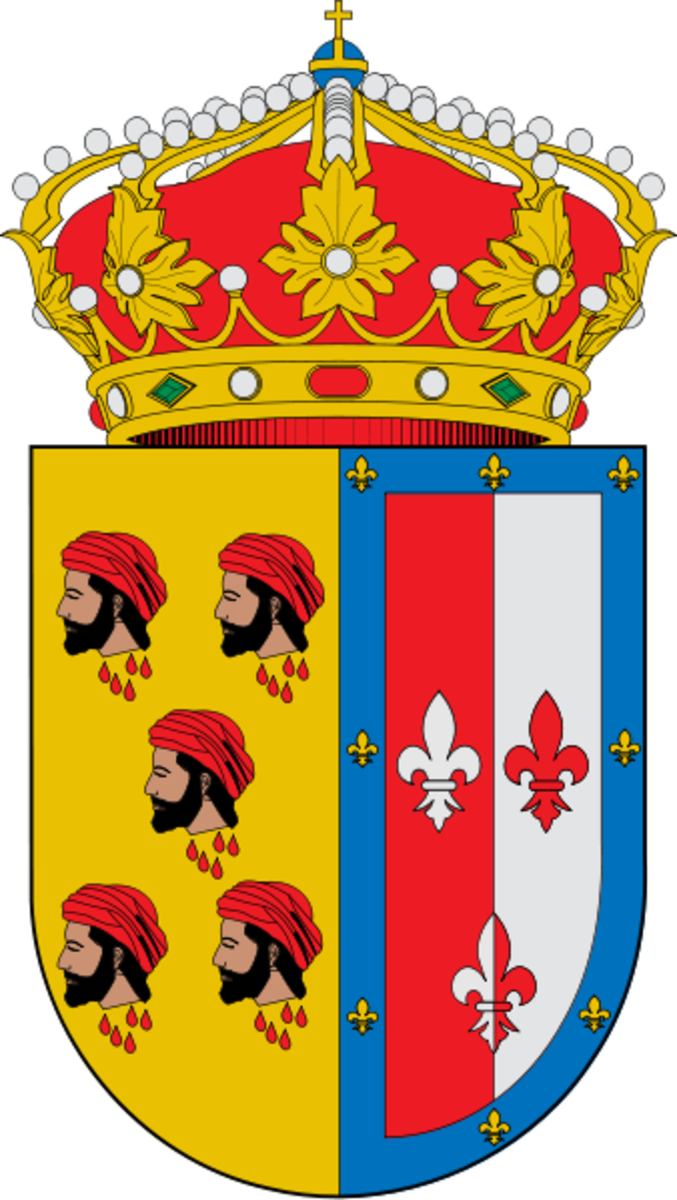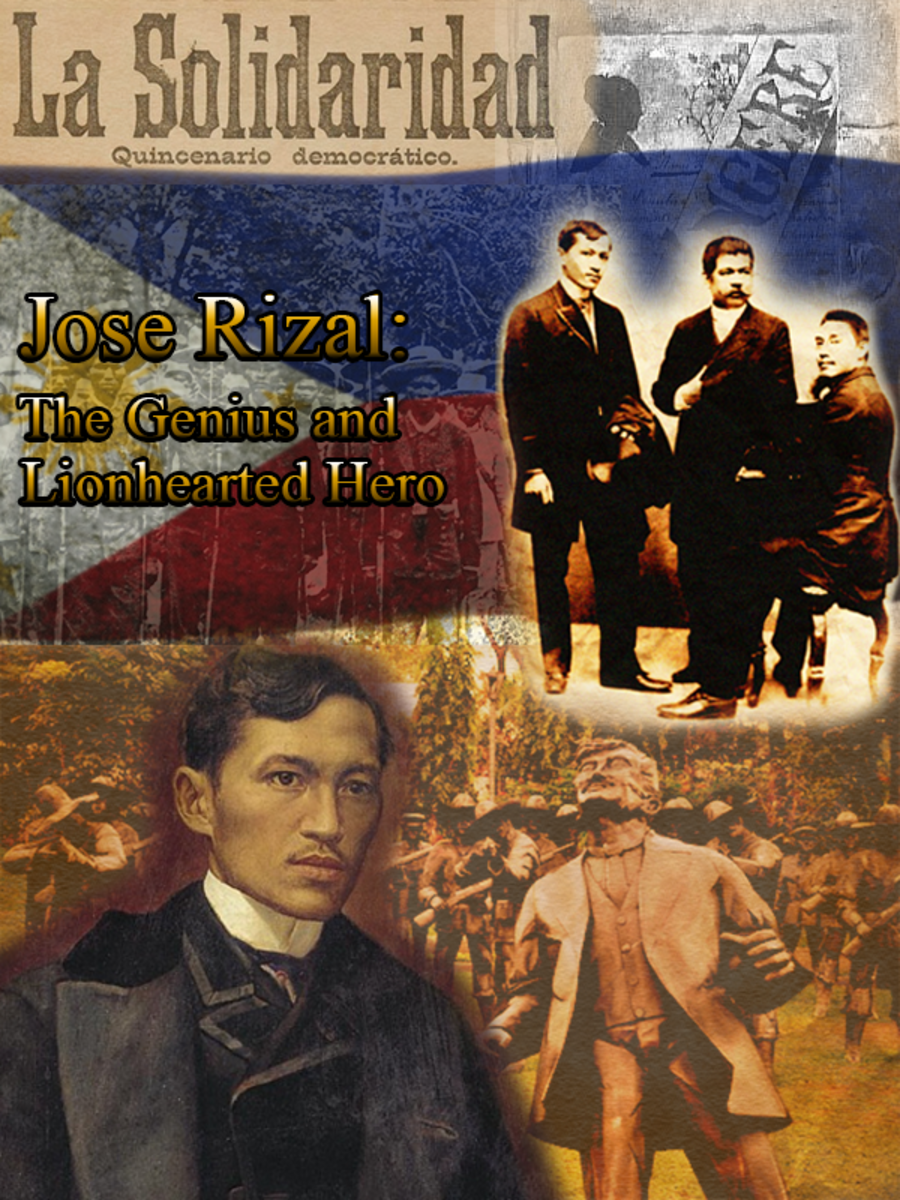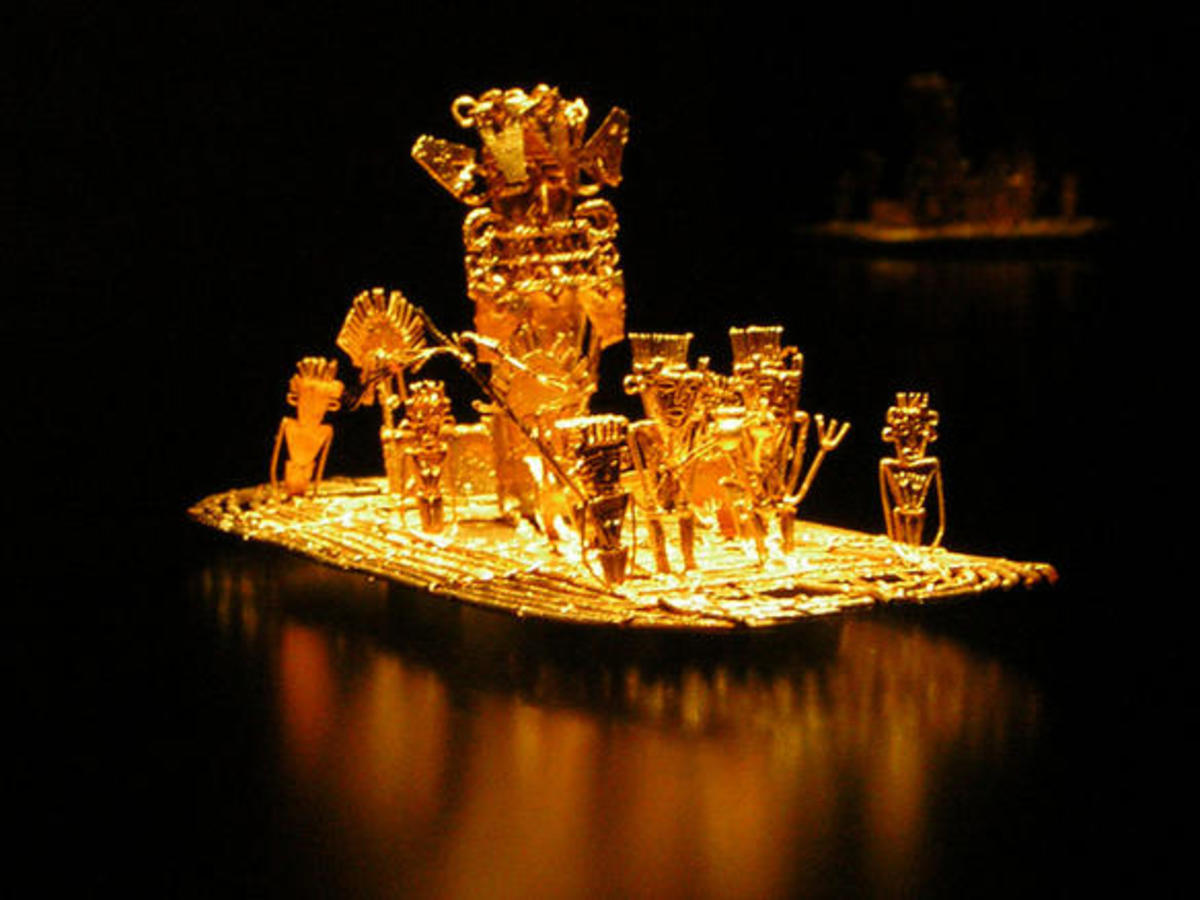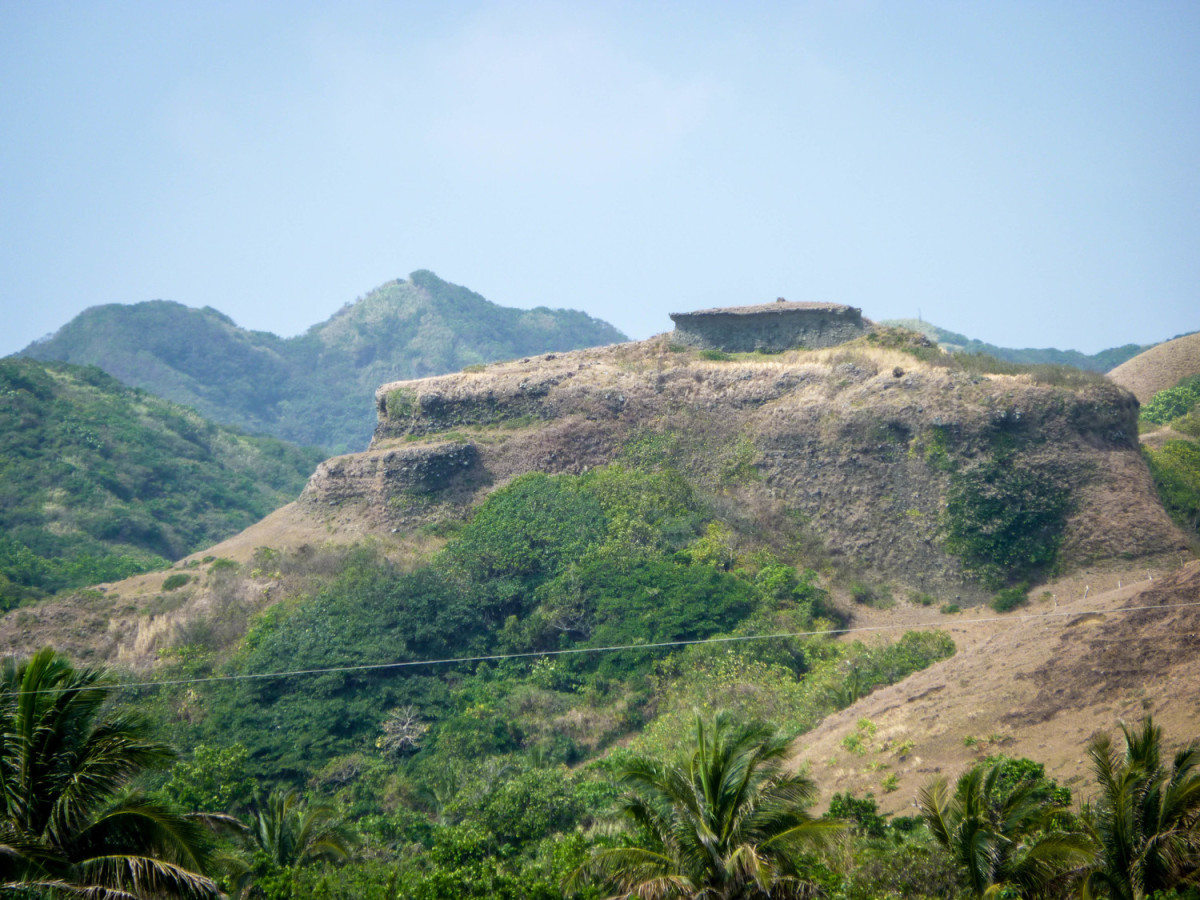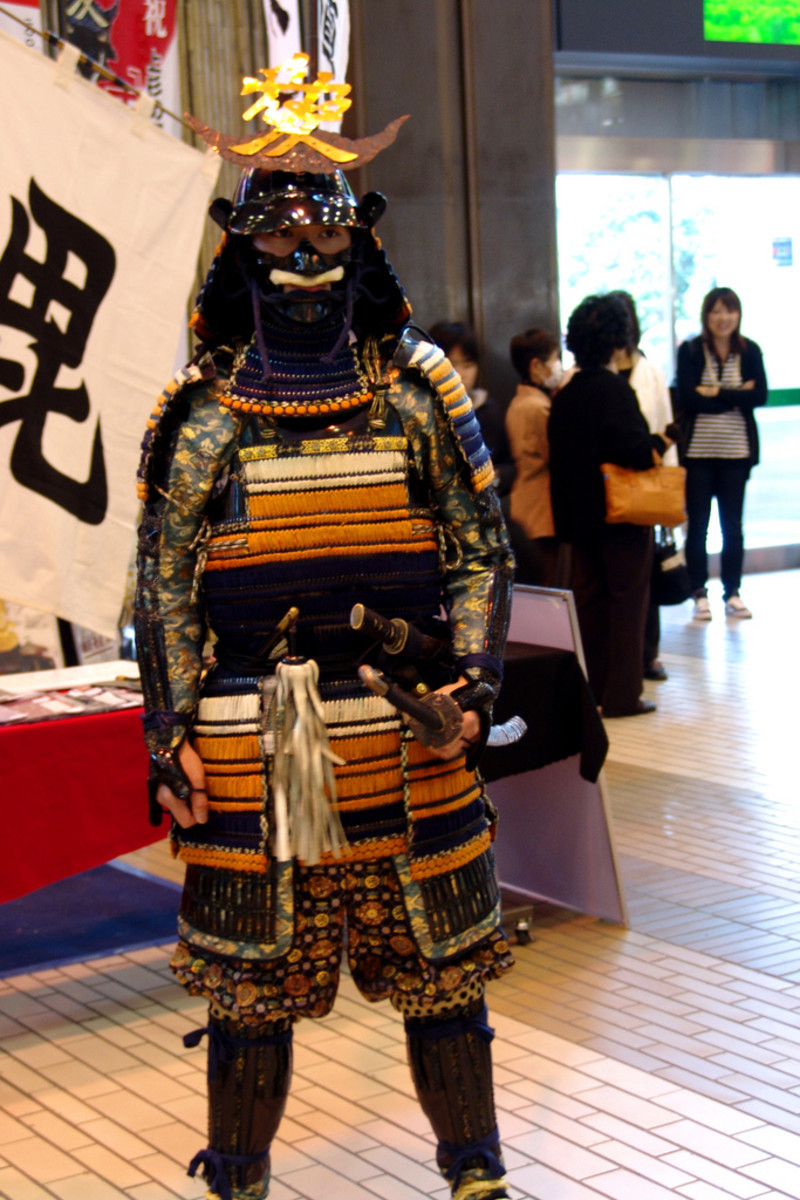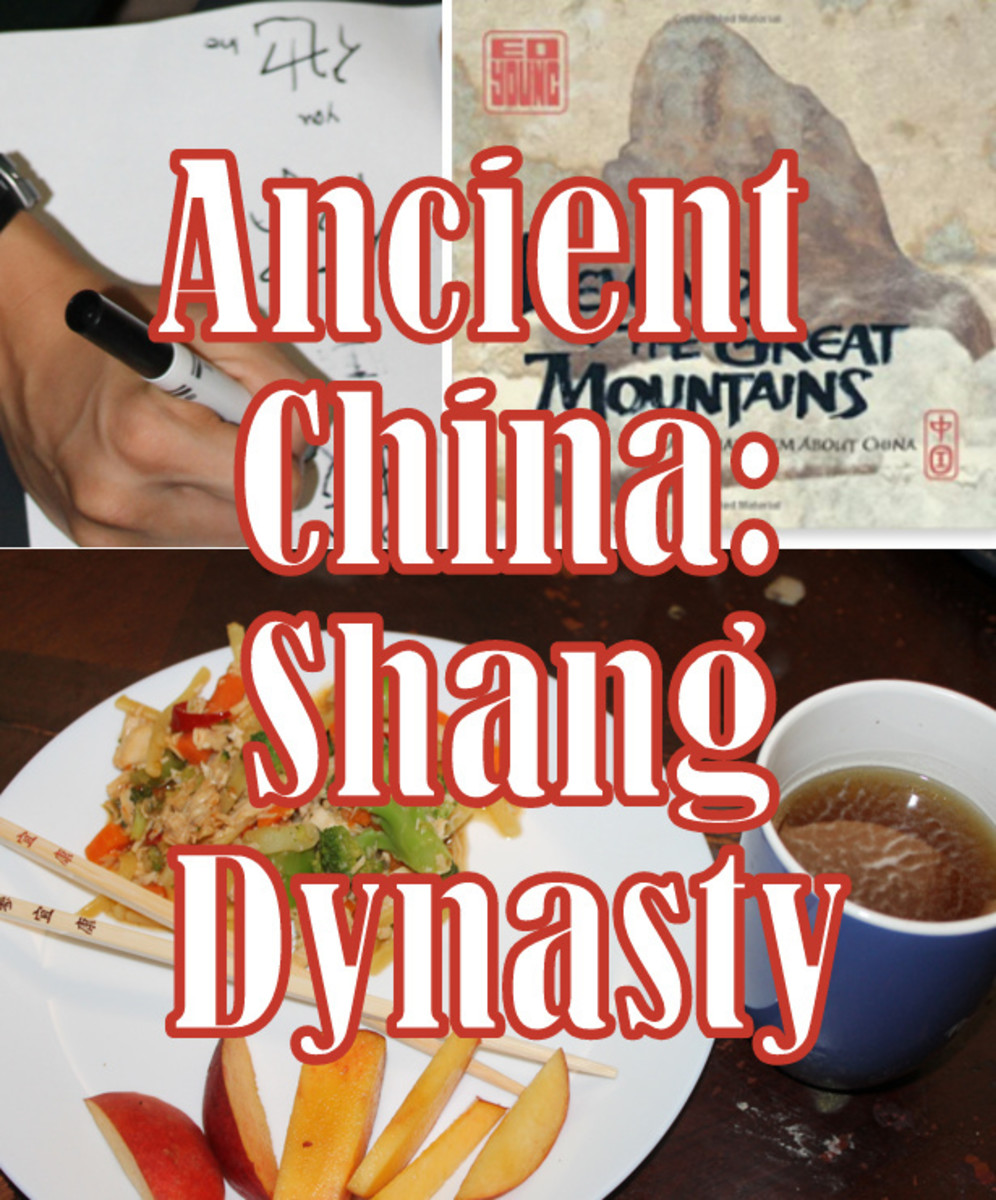H3 C10The Heritage
The Moro Heritage
The history of the Philippine sultanates has been one of war .If they were not fighting to extend their spheres of influence over neighboring non-Muslim peoples against Spanish attempts to subjugate them. The Sultans were always careful to note and remind their followers how easily the peoples of Visayas and Luzon had fallen under Spanish rule and how eventually their former datus ended up paying tribute to, or rowing for, their conquerors . With good reason, the sultans and datus looked upon themselves and their ancestors with pride.
At the time of the arrival of Legazpi, the Sulu and Maguindanao Sultanates were already well on the way to achieving greater centralization of powers while the sultans could claim to have ruled over areas and numerous settlements.
At the beginning of the seventeenth century, the sulu sultan could claim to have held power not only over the whole of the sulu archipelago including Basilan but also over various settlements around Zamboanga . As for the sultan of Maguindanao , he held way over the iranun settlements around Illana Bay down to the area around Parang in the present Cotabato province. He had also started to establish control over many of the riverine settlements in the northern branch of Pulangi. Consequently the sultans were able to master an army compose of warriors various settlements (banus) so that the fall of one or more settlements to an invader did not automatically spell their defeat. The nature of the unity of such settlements was not a confederal type, since the sultans had often a direct power over them.
Invariably, in the face of invasions by the Spaniards, the sultans could count on the loyalty and support of the datus and warriors. Often the datus keep up the struggle on their own when the sultan had to flee or retreat. Datus usually led in the actual fighting and bravery in battle was a matter of pride and honor. The sultanates were usually ruled by redoubtable sultans who were endowed with strong and diplomatic skills.
Another source of strength of the sultanates lay in their relations with neighboring muslim principalities. Rajah Bungsu, the sultan of sulu, had the help of Makassar Warriors during the attack of governor Corcuera in 1638. Sultan Buisan of Maguindanao frequently had the aid of ternatans. Badar ud-DinI depended to some extent on his Bornean and Makassar warriors.
Of great consequences, too, as it has proven to be the vital source of strength of the sultanates in their struggle against Spain, was the growing Islamic consciousness of the muslims of the Philippines. The Spaniards not only came to extend the domains of their king but also to introduce Christianity in the sultanates. Christianity was the viewed as an enemy to Islam. This was at least how the ulama interpreted the coming of the Spaniards: to uproot Islam from part of dar ul-Islam.
These circumstances not only explain the show of strength of the muslims but also suggest caution against the indiscriminate that Spain unsuccessfully attempts to conquer the muslim in Philippines.it is important to note that much less Spain was able to conquer in the archipelago. Inspite there were already established a permanent outpost in Zaboanga but also in northeastern part of Mindanao .During the eighteenth and nineteenth centuries the sultanates were willing to allow Spaniards o have colonies n the northern part of Mindanao. Provided that the Spaniards did not encroach upon the traditional spheres and influences .
The Spanish claim that the moro wars were launched primarily to curb piracy on the part of the muslims. There were Sulu and Iranun pirates, but these gave the sultans cause for concern that the Spaniards found who wanted them to examined. If the sultan failed to curb piracy it is due to technical difficulty, the Spaniards found it convenient to blame piracy on sultan and used it as an excuse for invading Muslim lands and territories. The Muslim attacks already held by Spaniards in Visayas in early stages during Moro Wars .
The Moro Wars brought considerable consequences of disastrous proportions to the Muslim peoples in the Philippines. The Spaniards systematically eliminated settlements in some parts of Jolo island, causing them to be deserted. In contrast, in those parts of the Philippines where the Pax Hispanic reigned the Filipino population increased by leaps and bounds. The presence of the Dutch in the Indonesian islands and the coming of the British later on did much to restrict trading by Sulus and Iranuns.
The crusading spirit of the Spaniards coupled with the fear and hatred for the Muslims which they inculcated among the Christians in the Philippines is still evident today. Ignorance of Islam on the part of Christians as well as Muslim indifference for anything Christians and therefore belonging to the enemy, tended to emphasize the difference between people who share a basically common cultural matrix.
Although the last decade of Spanish rule in the Philippines, the official policy was to make the Muslims loyal subject of Spain rather than Christians, the Spanish clergy tried to impress government officials that such loyalty was possible only if the Muslims became Christians. When some Muslim at present do not appear too happy in being called “Flipinas” it is not that they do not desire to be involved or participate more intimately in the body polotic; rather it is simply in recognition of the the fact that their ancestors were never subjects Felipe, the Spanish prince who later became king of spain.
History books in the Philippines tend to lay emphasis on events in other islands, and glorify national heroes from such areas , as it the history of the Philippines is only that of people who had been conquered while the history of the unconquered one do not merit or share in the history of the Philippines. Possibly, with greater tolerance and wider moral perspective, a future generation of Filipinos would consider the struggle of the entire nation and the epic exploits of its heroes may well be the nations heritage.

